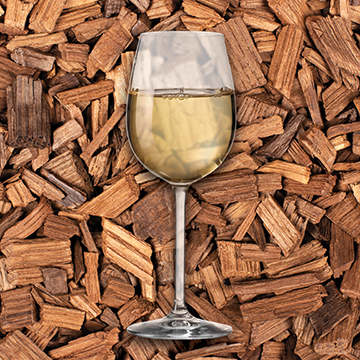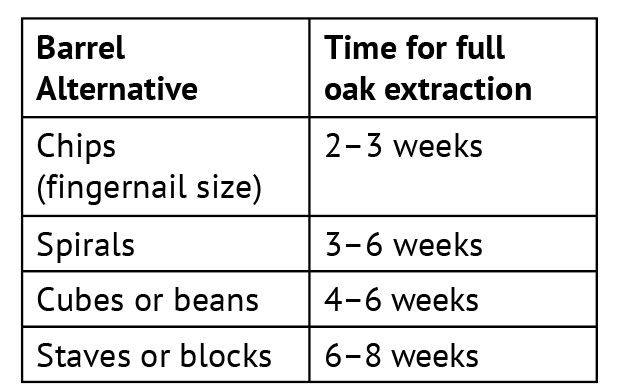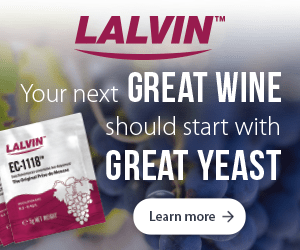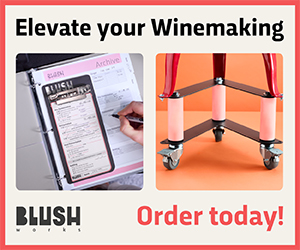You’re not the first winemaker to tumble into the oak pit. The short answer is: No, you can’t take the oak out — but you can try to balance things with a smart blend.

Oak additives like chips, cubes, or staves bring a lot of personality to the party, and they don’t wait around to be noticed. Especially with chips (which have a high surface area and tend to extract quickly), it’s easy to go from “nicely structured” to “tongue full of toothpicks” before you realize it.
At this point, the most practical solution is to blend your over-oaked Chardonnay with a similar wine that hasn’t seen any oak. Even a relatively small percentage of unoaked wine can freshen the aromatics, soften the wood tannins, and bring back some of that fruit expression you’re probably missing and wishing you still had.
Here are a few blending tips:
Start small with a bench-blend in 50 mL aliquots: Try bench trials with 5% to 25% of the unoaked wine to see what works.
Let the blend meld overnight, in a topped-up small bottle, if possible: Oak character can integrate a bit better over time, so give your trials a day or two before making a final call.
Evaluate the results. Do side-by-side tastings of each trial to really understand the results. Taste with food also — sometimes oaky wines behave differently alongside salty or fatty dishes (this can help you imagine real-world drinkability).
For next time, oak additions are best approached as a slow build. Think of them like salt in a soup: Easy to add, impossible to take out.
As a rough guide:

The smaller the oak additive, the faster it gives up its goodies. My advice? Start with half the rate suggested on the packaging or on the supplier’s website and taste every week. A couple of weeks in and you’ll often get a clear picture of where the wine is headed. Wait another week or so and taste your batch again. If you like the direction, you can always add more. Patience pays off here.
And don’t forget — oak is just one of many tools in your winemaking belt. When in doubt, less is more. Good luck on the blending trials and outcome. You





